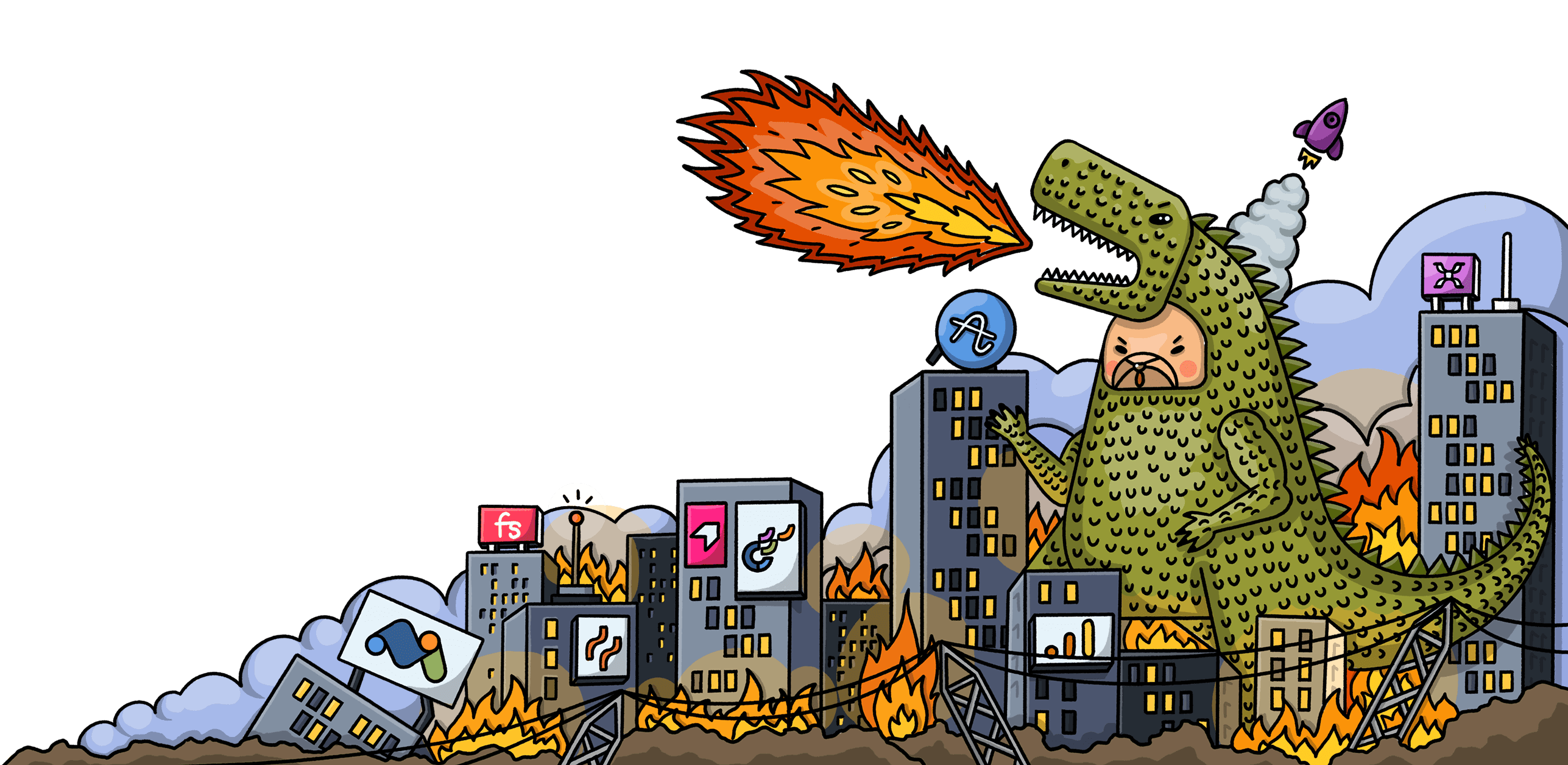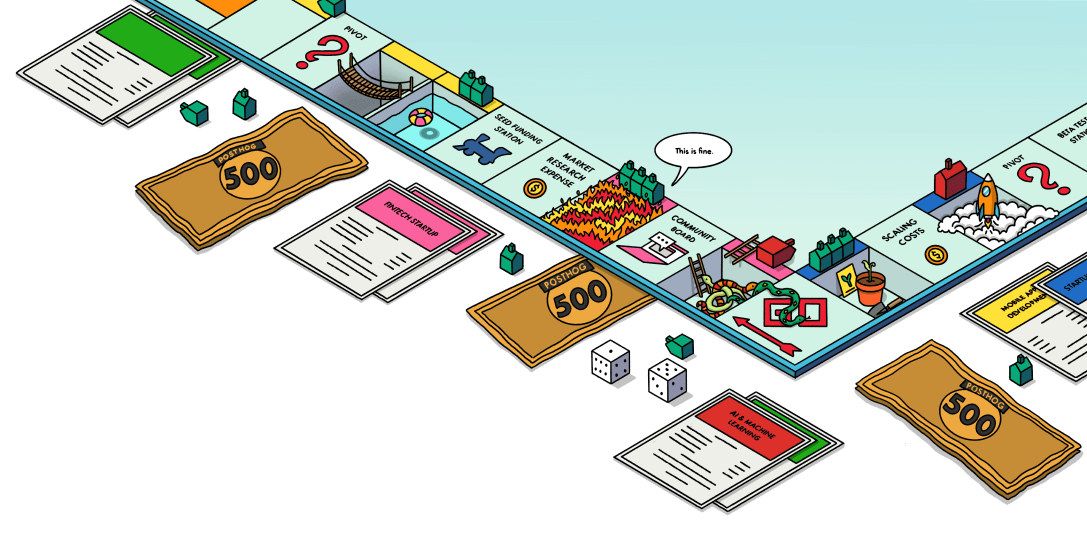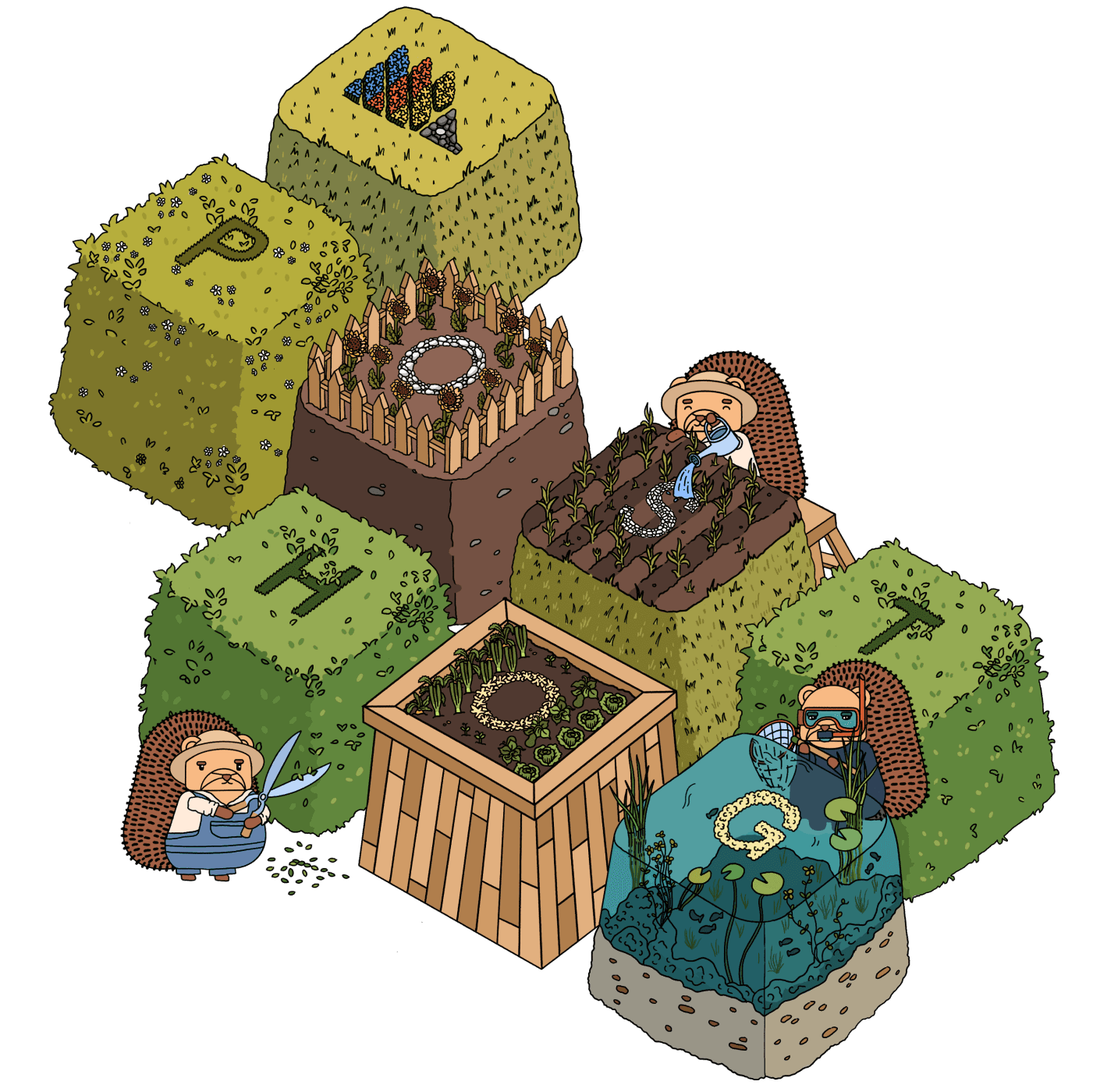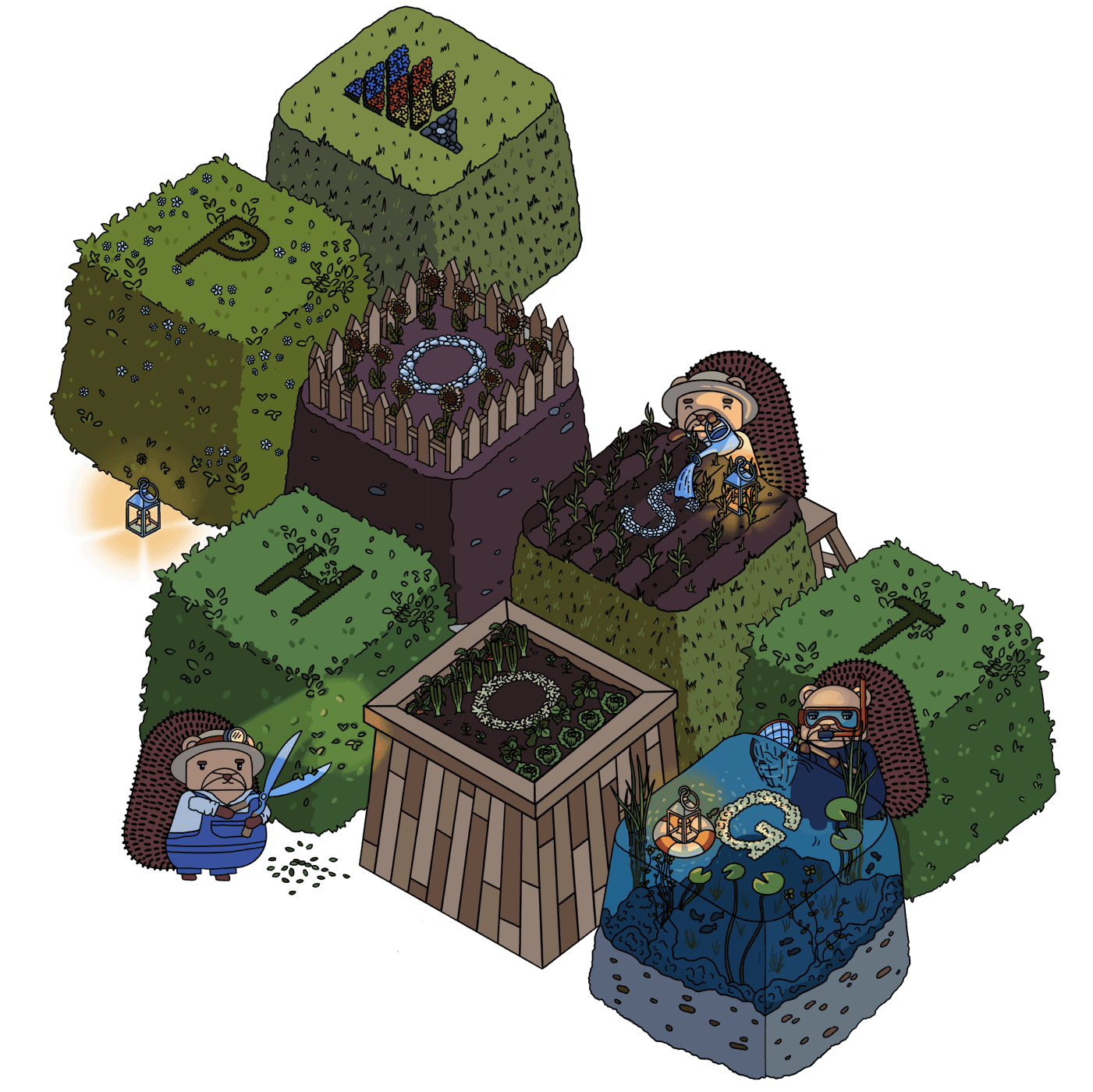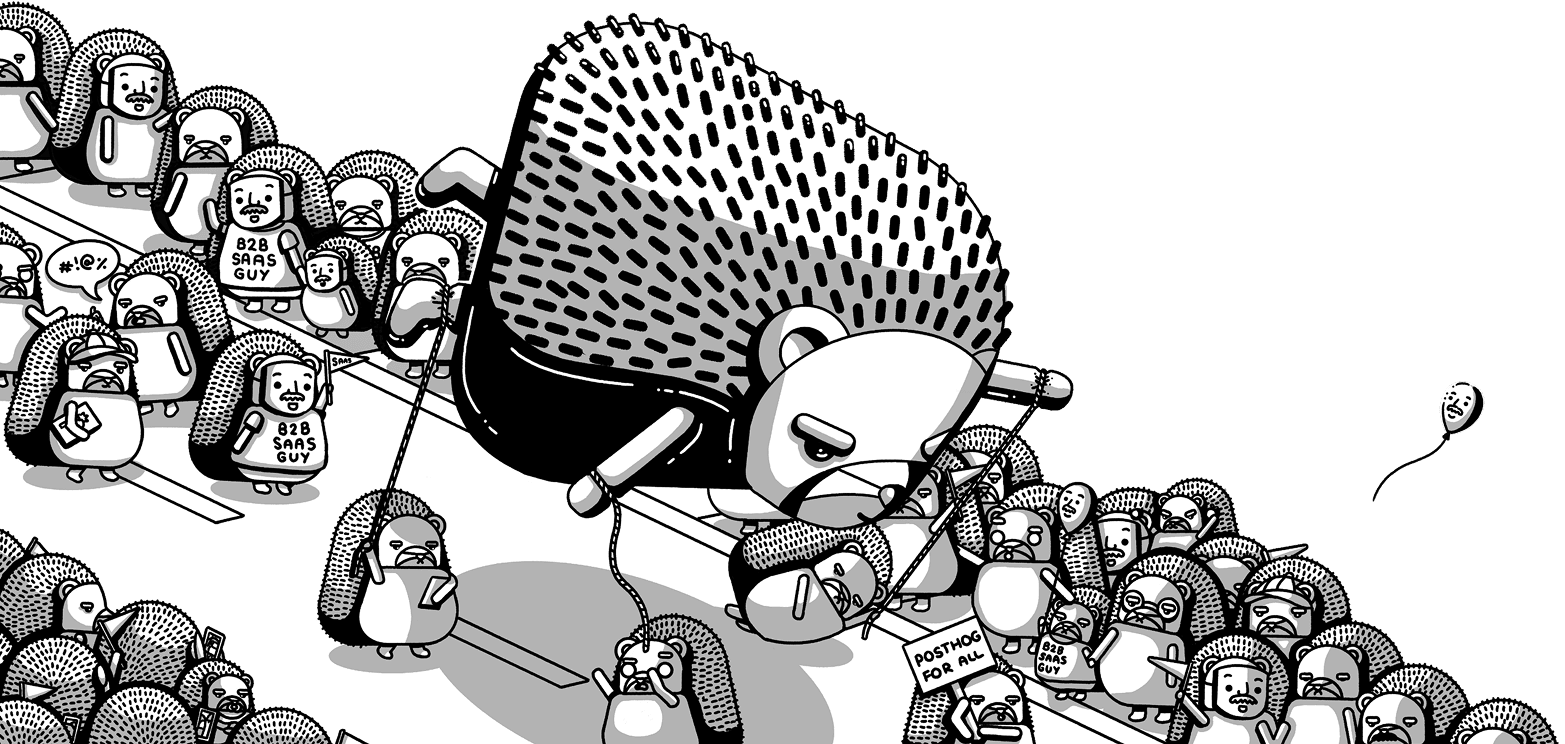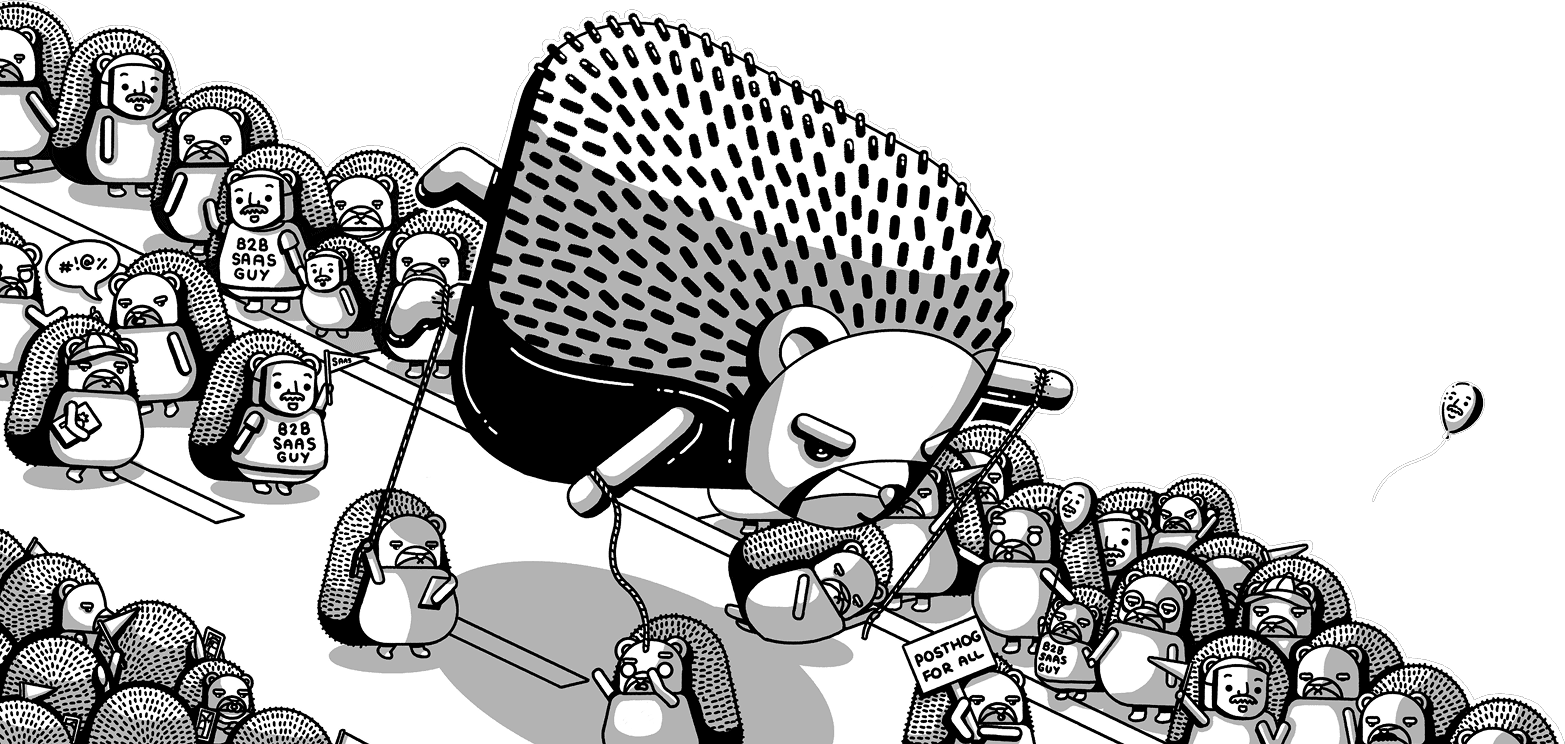Product-led Sales
Contents
A large proportion of our paying customer base sign up to a paid plan without ever talking to the Sales team. We don't want to force these customers through a sales process if they don't need it, but we also know that having a human to help them through the process on hand is likely to maximize the chances of retaining them as a paying customer long term. Longer term, we know that customers who have worked with a member of the PostHog sales team retain better, and are much more likely to expand their usage through cross-sell.
Product-led lead generation
Product-led leads can be generated in different ways - see this page for more info.
Some product-led leads might have already chatted with someone on our team. Before reaching out, take a quick look in Vitally to see if there’s any prior activity, and check in with the AE or team member who was involved to get the full picture if needed. Every lead has a "Vitally account URL" field in Salesforce which links directly to their Vitally profile for easy review.
Working with the customer
Just as with the inbound sales process, it's on you to decide how you qualify the lead. If you think they have potential to end up paying more than $20k a year then you should reach out to introduce yourself and offer help. As they have likely done a lot of research themselves, they may not need a demo so a 30-minute discovery is probably more appropriate here.
Getting people already happily using PostHog to talk to you can be challenging - here are a few things you might want to try.
If it's a viable opportunity then you should convert the lead to an opportunity and then follow the New sales process. Bear in mind that you can join it at any point depending on where the customer is at in their buying journey (e.g. you might skip product evaluation if they are ready to buy). If they are eligible for a shared Slack channel and they do not already have one, set one up.
Even if after speaking with them you think they may not end up at $20k+, you should educate them on how to get help, as well as the value of adding our Scale, Boost, and Enterprise plans.
Startup plan roll off
Customers who are rolling off the startup plan present a unique opportunity, as they are already using PostHog and may well be spending >$20k annually. Just like any other customer, we want to help them reduce spend and get the most out of their existing usage, while also educating them on the savings involved with an discounted, credit-based plan.
For customers that may have started implementation late, or ran into issues during their startup period, at our discretion, we can extend the life of their credits by 3 months. To do so, visit that customer's billing admin page (linked in Vitally), scroll to the bottom, and click the extend startup plan button.
Getting recognized on the deal
As they have already shown intent by signing up/subscribing, you will need to demonstrate that you have actively worked on the opportunity to include it in your book of business. We will use a common sense approach here but sending a couple of emails and 1 call won't be classed as 'actively working'. We want to ensure there is concrete sales activity going on with this customer. Simon will make the call here, escalating if needed.
